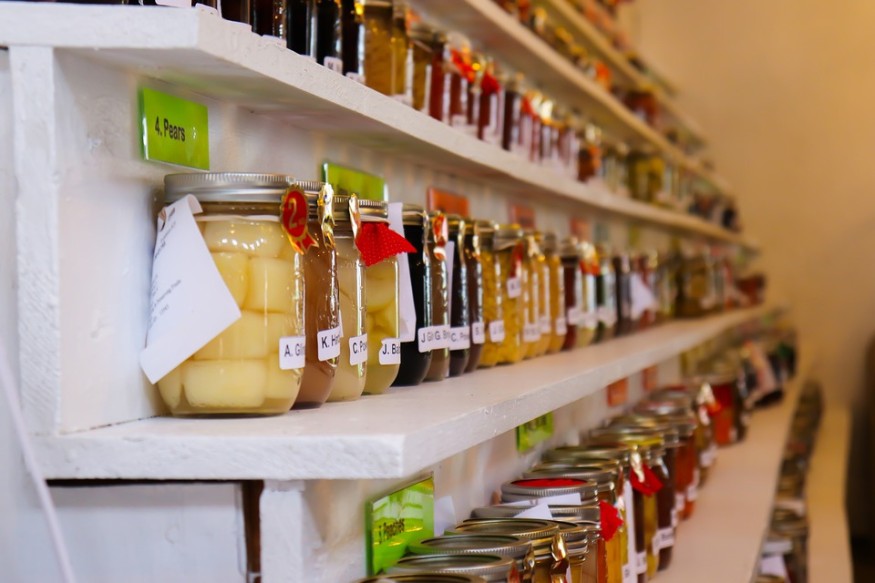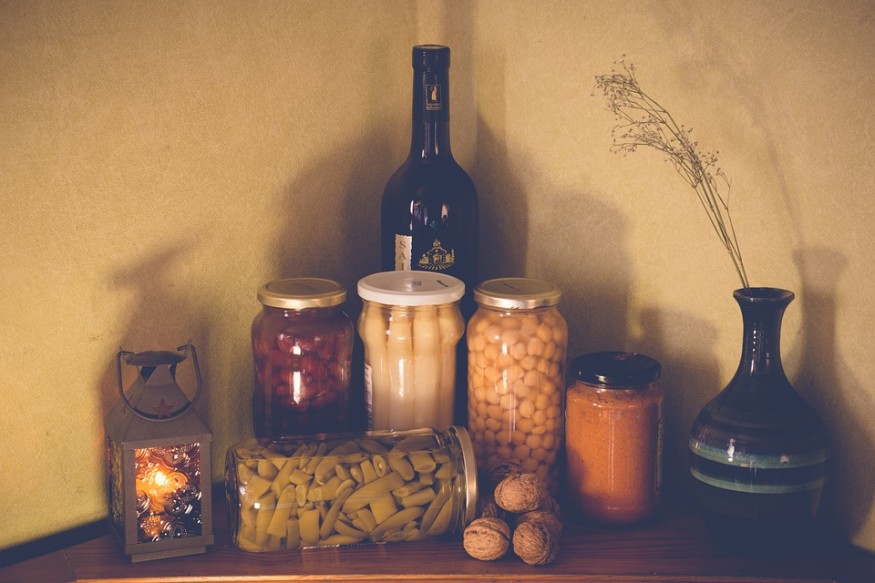
Humans are gifted with a bountiful of vegetables and fruits that they can consume. These fruits and vegetables are healthy, cheap, and able to provide all the nutrients that the human body needs to function well. And buying them is more affordable when in bulk, but if you have a small household and you're buying in low volume, the biggest worry that you probably have is the shelf life.
Food preservation is a way of keeping food for a longer time. It is best for storing food for the future. If you know how to preserve food at home, you can go a long way. Food preservation is cheap, and it can be used in various ways when cooking or preparing meals.
Different types of food preservation
There are plenty of ways to preserve food. Here are the most common ones that you can do at home:
- Canning
- Pickling
- Freeze drying
- Curing
- Drying
- Freezing
- Fermentation
Food preservation's critical goal is to keep the food and ingredients' nutritional value and flavor, even for a long time.
Why is it essential to preserve food at home?
If you have a favorite fruit or vegetable and you want to eat it all year round, food preservation allows you to have those available right in your cupboard. It is healthy and cost-efficient rather than buying fruits and vegetables all the time.

Summer is the best time to buy fruits and vegetables because it is usually the time where the harvest is bountiful. You can buy in bulk and preserve what is left for the coming months.
Food preservation techniques
- Food drying. This food preservation technique is made to hinder the growth of bacteria such as yeasts and molds in the food. It removes all the moisture in the preserved food. This technique existed even before in ancient times where people sundry their seeds. These days, we now have ovens, dehydrators, and other equipment for food drying.
- Canning. There are two types of canning: water bath and pressure canning. For the water bath canning, it is the process of putting food in canning jars and heating them at high temperatures. Air is pushed out of the can and a vacuum seal forms after awhile. As for pressure canning, this technique uses a higher temperature at 240 Fahrenheit. This is usually used to preserve soups, dairy, meat, and more.
- Freezing. This the most accessible type of preservation technique. All you have to do is remove all air in the resealable bag before you put it in the freezer. Foods that are frozen can last up to 6 months.

- Cool temperature storage. With the freezing technique, this is also one of the simplest methods to do in food preservation. You may use your refrigerators and chillers for this technique. Cold temperatures hinder the growth of microorganisms that cause food spoilage. You may use your basement to store produce such as potatoes, onions, garlic, yams, and other vegetables because basements have a cold temperature.
- Salt and sugar. Salt and sugar are known to reduce water content in the food that can be possibly inhibited by microbes. This method is mostly used in fruits, vegetables, meats, and more.
READ NEXT: Food Preservation: Why Should We Do It?
© copyright 2024 Food World News, a property of HNGN Inc. All rights reserved. Use of this website constitutes acceptance of our terms and conditions of use and privacy policy.



